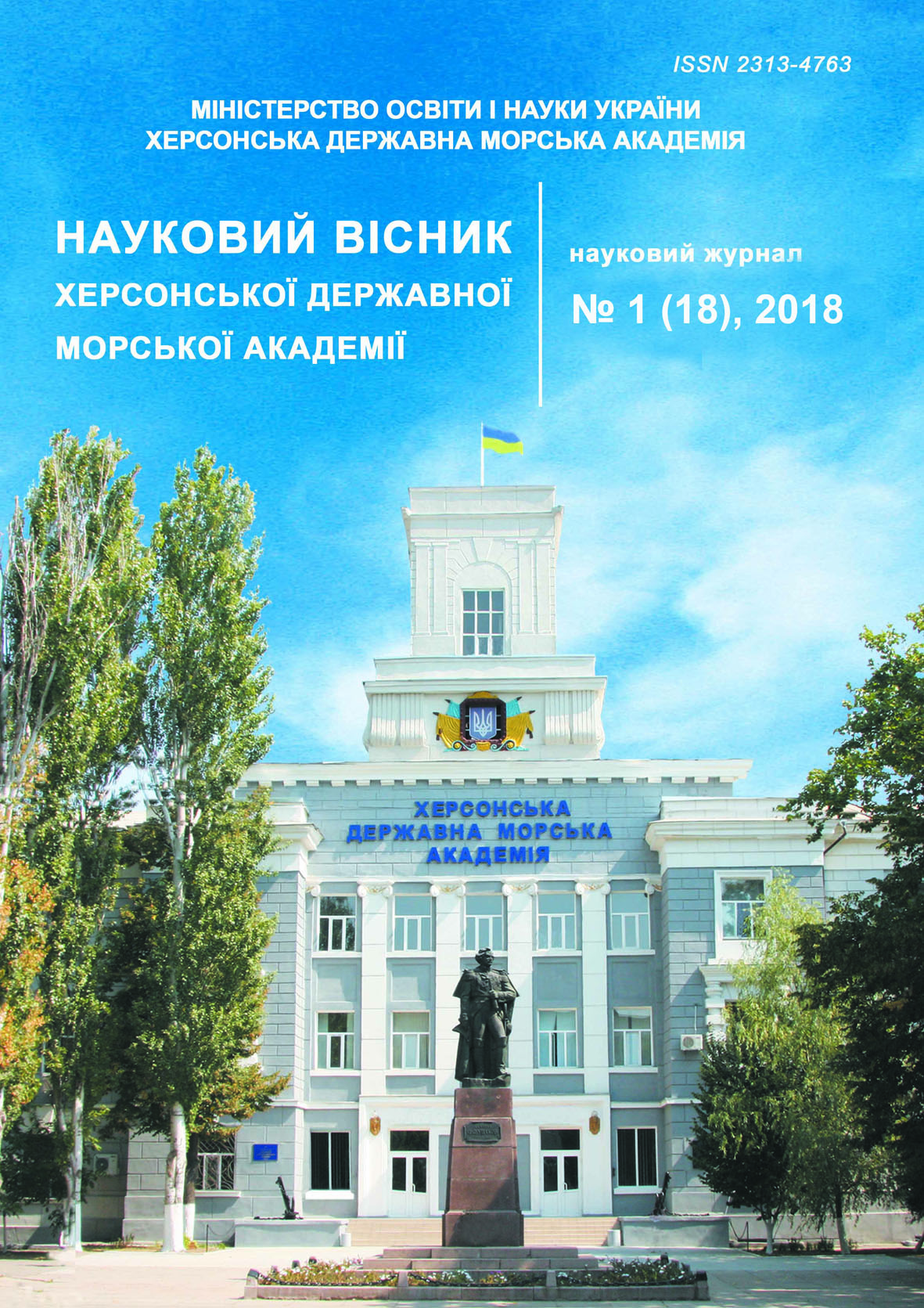OPTIMIZATION OF POLY-FILLED SYSTEM BASED ON EPOXYCOMPOSITES
Abstract
We have obtained a priori the data on the dependence of the intensity of weight wear on the epoxycomposite material of the frictional assignment on the content of the functional fillers in accordance with the variation conditions in the process of constructing the experiment experimentation matrix. The coefficients of the regression of linear and pair interaction, as well as their significance, are determined. The mathematical model of the dependence of the weight of wear on the epoxycomposite material on the content of functional fillers is obtained by the method of multifactorial planning of the experiment. The homogeneity of dispersions and the adequacy of the mathematical model according to the Cochran and Fisher criteria are checked. The composition of the epoxycomposite material is optimized by the method of steep climbing along the gradient along the response surface. The durability of epoxy composites has been increased in conditions of operation at medium load-speed modes due to optimization of the content of heat-resistant multi-functional additives. The structure of the tribocontact surface is investigated and the functional effect of thermostable fillers is determined on the intensity of weight wear and the formation of tribocontact surface.
References
Kіndrachuk M. V., Labunecj V. F., Pashechko M. І., Korbut E. V. (2009). Tribologіya. Kiev : Vid-vo Nac. avіac. un-tu «NAU-druk».
Barbarina, T. M., Sukhov, M. P., Sheludyakov, N. A. (1968). Steklovoloknistihe stroiteljnihe materialih. Moskva : Izdateljstvo literaturih po stroiteljstvu.
Gogoleva, O. V. & Petrova P. N., Popov S. N., Okhlopkova A. A. (2015). Iznosostoyjkie kompozicionnihe materialih na osnove sverkhvisokomolekulyarnogo poliehtilena i bazaljtovihkh volokon. Trenie i iznos. Vol. 36, № 4. 301–305.
Gutnikov, S. I., Lazoryak, B. I., Seleznev, A. N. (2010). Steklyanihe volokna. Moskva.
Zakalov, O. V., Zakalov, І. O. (2011). Osnovi tertya і znoshuvannya v mashinakh : navchaljniyj posіbnik. Ternopіl : Vidavnictvo TNTU іm. І. Pulyuya.
Kostornov, A. G. (2012). Tribotekhnicheskoe materialovedenie. Lugansk : Vidavnictvo «Noulidzh».
Babaevsjkiy, P. G. (Ed.). (1981). Napolniteli dlya polimernihkh kompozicionnihkh materialov : spravochnoe posobie. Moskva : Khimiya.
Krasnovskiy, N. (2011). Issledovanie propitki voloknistihkh napolniteleyj v processe pultruzii polimernihkh kompozicionnihkh materialov. Tekhnologiya i oborudovanie mashinostroiteljnogo proizvodstva. T. 2, № 25. 50–53.
Trofimov, N. N., Kanovich, M. Z. & Kartashov, Eh. M. (2005). Fizika kompozicionnihkh materialov. V 2-kh t. Moskva : Mir. T. 1. 456 s.; T. 2. 344 s.






